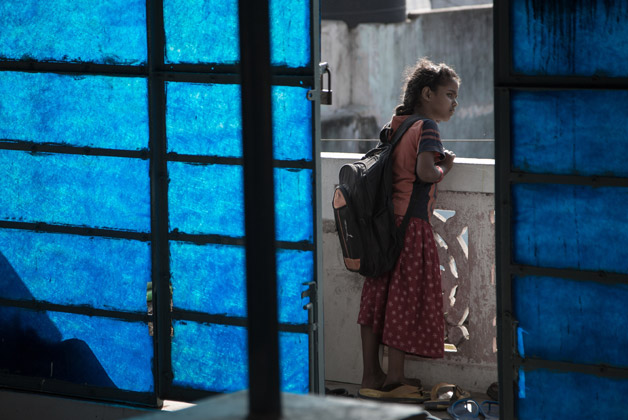

The year 2020 is a tragic one for a variety of reasons. One of those is by way of its the impact on education and on schooling. Enrolment rates in 2020 are relatively lower than those in 2018. While children between ages 6-7 are possibly waiting for schools to reopen to seek admission, a worrying trend is a drop in enrollment among children aged 15-16. The Annual Status of Education Report (ASER) 2020 by Pratham highlights how the pandemic is impacting schools and learning outcomes in Rural India. The survey answers some troubling concerns about the school system in the post-Covid world.
How has the pandemic impacted enrolment patterns?
As one would expect with the ongoing crisis, the survey indicates that a vast majority of such children perhaps are probably compelled to find remunerative jobs to ease their families’ distress. The enrolment patterns are also witnessing a significant turnaround. A shift is observed in enrolment, from private schools to government schools between 2018-2020. The increased enrolment in government schools is particularly apparent among both boys and girls in secondary schools. This could be attributed mainly to the inability of parents to furnish financial burdens of private schooling as well as the closure of several private schools, given the economic crunch post the stringent lockdown. The dip in enrolments is not restricted to India. In the USA, for instance, Washington’s public-school enrolment fell by 3% since the last academic cycle. The enrollment decline was significant across all levels of schooling and all districts in the state. A move towards home-schooling or private education is being reported among parents in the USA.
Does the pandemic impact intergenerational mobility?
Parental education is an indicator of socio-economic status for households. It also means access to smartphones and the internet as well as the choice of schools. The survey highlights that parents with lower education levels(both parents have Std V or less years of schooling) send their children to government schools, whereas those with higher education(Both have Std IX or more) educate their children in private schools. The ASER report also points out that as parents’ education and income levels rise, enrolment in government schools goes down. Moreover, about 40% of students from households with lower parental education did not do any activity (online classes or traditional learning).
Among families where parents have higher levels of education, the availability of smartphones is also higher than when compared to households with low parental education. 90% of children in homes with adequately educated parents received family support for learning, while only 50% of those in lower education households received such support. The pandemic has reaffirmed that the socio-economic status of households is a factor determining the opportunities available to young children. Children from educationally and poor families will have to battle the odds of not having amenities like smartphones, internet, electricity as well as counter the absence of learning assistance at home.
How can the community support aid teaching and learning, this pandemic season?
Community engagement and support have assumed prime importance in times of remote learning. While physical interaction among teachers and students is absent, other stakeholders must take responsibility to ensure learning and service delivery is as seamless as possible. ASER states that in rural India, about 70% schools got help from community members in reaching children. The survey observed that among parents with low education levels, children receive assistance from elder siblings. In households with higher parental education, 45% of the children received aid from their mothers. ASER highlights that parents with higher education levels seem to have established significant contact with schoolteachers and in turn, receive support from schools. Approximately 34% of all children’s teachers in rural areas contacted parents or families to discuss learning material and child’s progress. The states of Bihar, Tripura and Punjab report the highest percentage of school respondents who take help from village/ community members to support children’s learning. While in the state of Kerala, local volunteers and NGOs were proactive in supporting schools, in Rajasthan Anganwadi workers actively support learning opportunities.
Has online education exacerbated the digital divide?
Read more on: https://www.siasat.com/how-covid-19-has-devastated-access-to-education-2023896/
